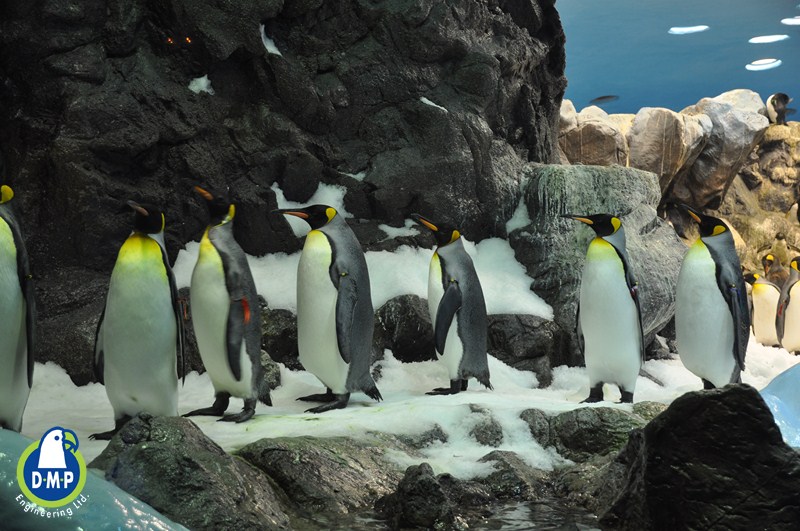How we came to incubate Penguins
8
Feb, 13
posted on 8:16 pm by Aviva
In mid 2006 we made our first contact with the Loro Parqe Foundation (LPF) in order to introduce our incubators.
It was Rafael Zamora Padron who urged us to come and show it during the IV International Parrot Convention organized every 4 years by the Loro Parque.

This was the beginning of a wonderful friendship and a fruitful cooperation, as demonstrated by his comment:
For years I worked with other incubators until I found the Inca, and it was the biggest surprise of my life as aviculturist; easy to use, easy to clean, easy to transport, easy to understand,
and “Easy” is what all the breeders of the world need.
In order to have success in incubation it´s necessary to have advanced knowledge of the incubation process and all the parameters that affect it, as well as time and experience.
With the Inca it is still remains easy and I´m sure that this incubator is the perfect tool for any breeder for getting the best hatching results…”.
Rafael Zamora Padrón
Biologist specialized in Zoology
On June 15, 2007 we were pleased to get Rafael’s e-mail telling us that a Emu and a Ostrich had hatched inside the Inca 200…
But the real surprise was the hatching of the endangered Humboldt Penguin (Spheniscus humboldti), from South America in this incubator! The Loro Parque also posted this on their website:
Today we have the pleasure to inform you about the birth of three Humboldt Penguins. At the moment the penguin trio is in the breeding station of Loro Parque and they are bred with love from our curators…
…However, during the last decades the population of the Humboldt Penguins had decreased enormously. This is due to the meteorological phenomena, such as “El Niño”, the mining of guano and the uncontrolled hunting of these animals. Today there exist about 18.000 of the penguins, who love warm temperatures, and they are one of the most threatened penguins in the world.
6 years later, on December 2012, we were invited to take part at the Loro Parque 40th Anniversary. Except enjoying the great celebration, we had the chance to visit the new incubation room of the LPF, fully equipped with Inca incubators, and to meet with the Curator Simon Bruslund
We were glad to discover that the rest of the appliances are in another location containing Antarctic Penguins eggs:
The eggs are of two species; The first is the King Penguin (Aptenodytes patagonicus) – the second largest species of penguin at about 11 to 16 kg (24 to 35 lb), second only to the Emperor Penguin.
The second is Rockhopper Penguins (Eudyptes chrysocome)
The interesting thing is that unlike the Humboldt penguin, which is used to warm climates, the King Penguin and Rockhopper Penguin come from Antarctic climates! This goes to show you that since the Inca incubator replicates the natural incubation process, all kind of birds can successfully hatch in it and even Penguins are no exception.
![Humboldt Penguin (Spheniscus humboldti) at the "Planet Penguin" in the Loro Parque, Tenerife. The photo was taking by David Vishnia. DSC_0137 [800x600]](http://www.dmp-engineering.com/wp-content/uploads/2013/02/DSC_0137-800x600.jpg)


![The Curator Simon Bruslund, with David Vishnia, the Inca Incubators' developer, in the incubating room of LPF DSC_0933 [800x600]](http://www.dmp-engineering.com/wp-content/uploads/2013/02/DSC_0933-800x600.jpg)
![Inca 200 incubator with Antarctic Penguin eggs at the Loro Parque, Tenerife. DSC_0059 [800x600]](http://www.dmp-engineering.com/wp-content/uploads/2013/02/DSC_0059-800x600.jpg)

